Dream Cave woolly rhino bones return to Wirksworth after 200 years
- Published
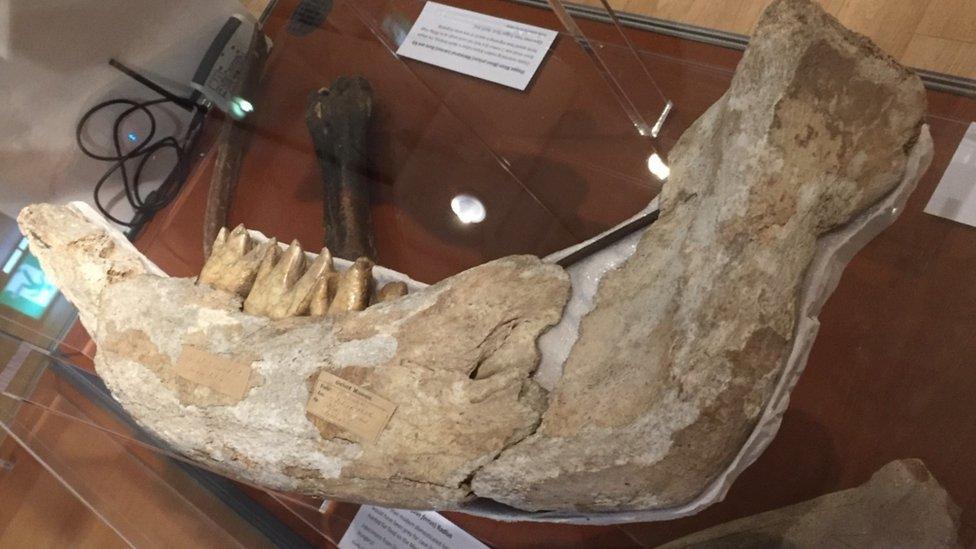
Some of the bones of the woolly rhino, including the jaw and teeth, are on display at Wirksworth Heritage Centre
Bones of an extinct woolly rhino have returned to the town where they were found 200 years ago.
The 11.5-foot (3.5m) long skeleton was discovered by lead miners in a natural cavern, known as the Dream Cave, in Wirksworth, Derbyshire, in 1822.
The remains, dating back 43,000 years, were studied and preserved in Oxford.
Now for the first time since the discovery, some of the bones - including the jaw and teeth - are on display at Wirksworth Heritage Centre.
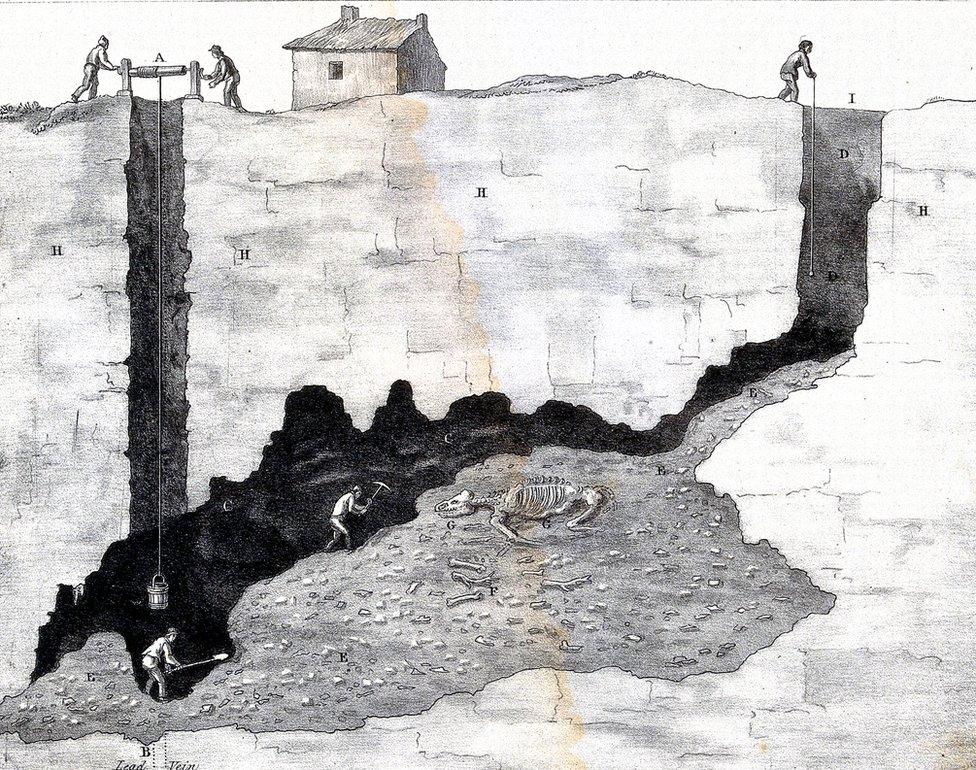
The skeleton was discovered by lead miners in a cave, known as the Dream Cave, in Wirksworth in 1822
The skeleton of the woolly rhino was unearthed from the Dream Cave along with other animal bones.
At the time, it was given to William Buckland, a well-known geologist and palaeontologist, to study and was later preserved at Oxford University Museum of Natural History.
It is thought the mammal either fell into the cave or was washed in from flooding.
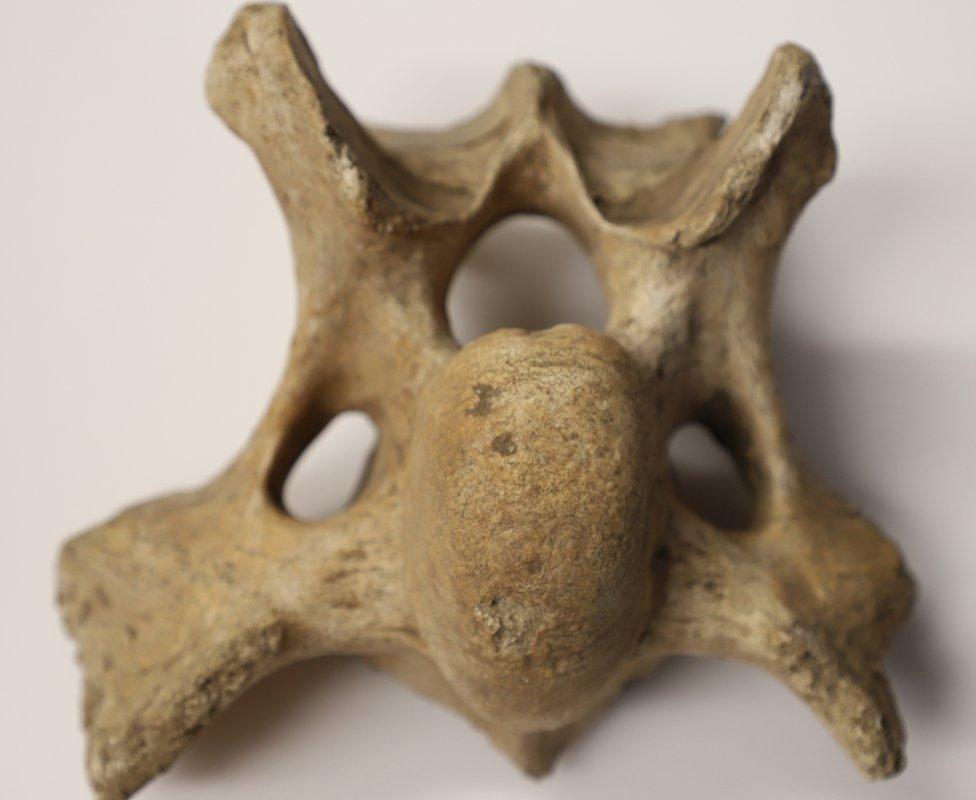
The bones, including this vertebra, are "enormous", the museum said
Wirksworth Heritage Centre described the "groundbreaking discovery" as the town's "best-kept secret".
Nicole Lamb, from the museum, said: "The bones were so enormous the miners realised they were something special and not a normal animal, like cattle.
"They are now internationally significant."
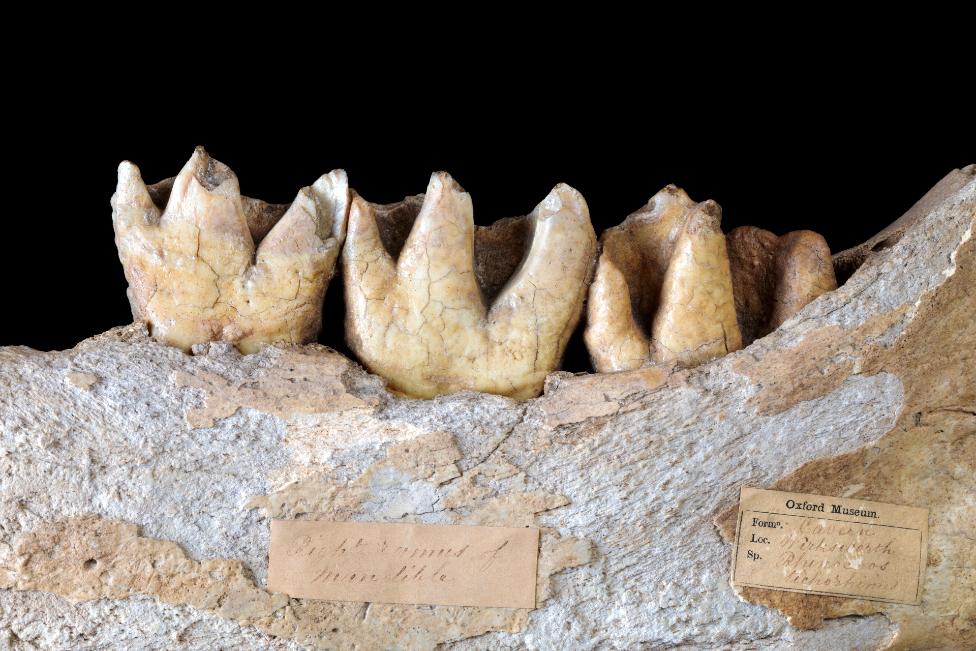
Nicole Lamb said the "sharp" teeth suggest the remains were of a young adult rhino
Ms Lamb said the remains were believed to be of a young adult rhino because the teeth were "still sharp".
She said she was "proud and pleased" to have the bones back in the town, adding it was "absolutely amazing".
"The curators from Oxford were actually quite emotional of the thought they were coming back here again," she said.
However, she added she was "disappointed" the museum was unable to display the entire skeleton due to its large size.
The museum hopes every child in Wirksworth will see the exhibition, which runs until 28 November, as staff say the bones may not return from Oxford again.
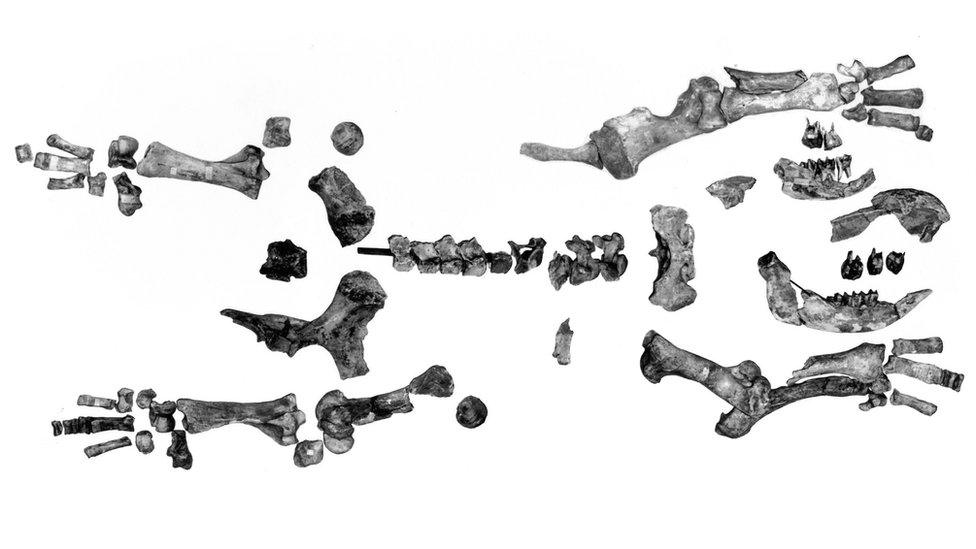
Experts have said the discovery of the skeleton was "internationally significant"

Follow BBC East Midlands on Facebook, external, Twitter, external, or Instagram, external. Send your story ideas to eastmidsnews@bbc.co.uk, external.
- Published30 December 2020
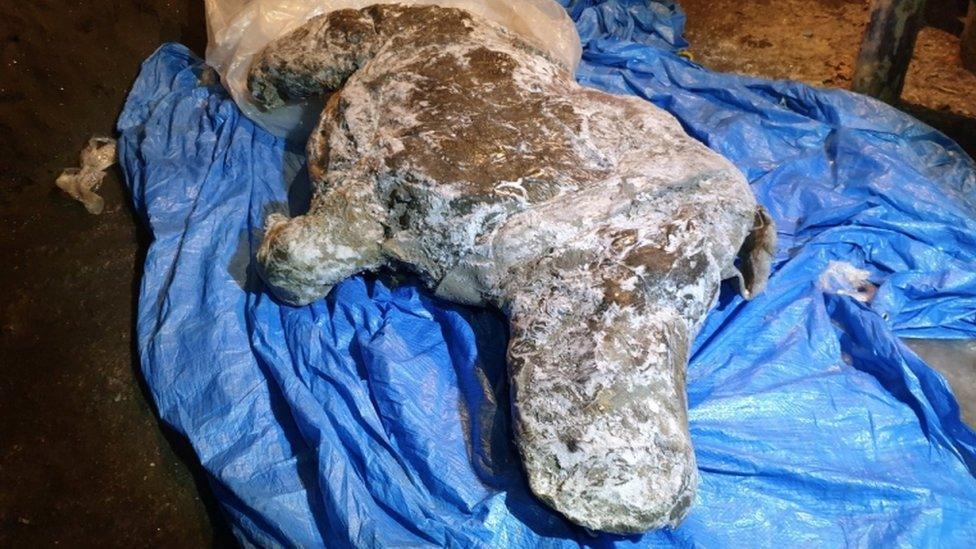
- Published12 July 2019
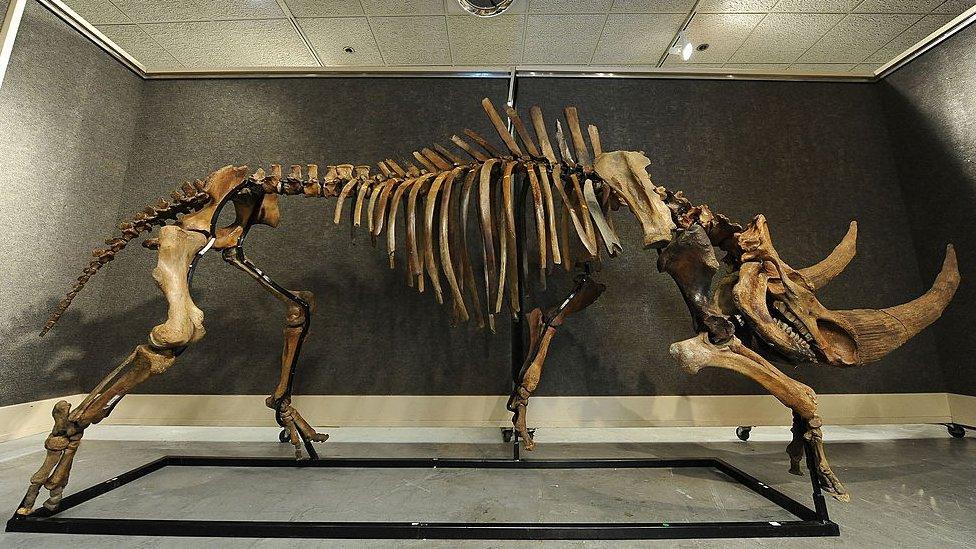
- Published5 April 2015
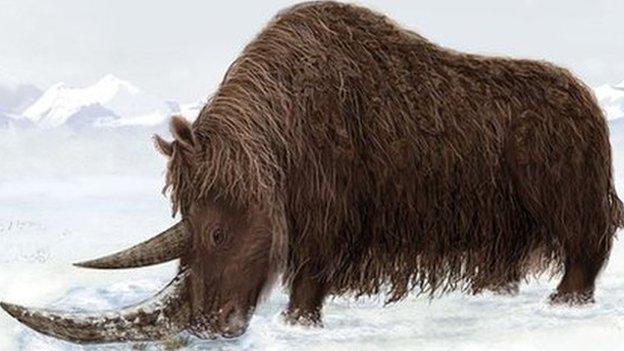
- Published13 September 2012
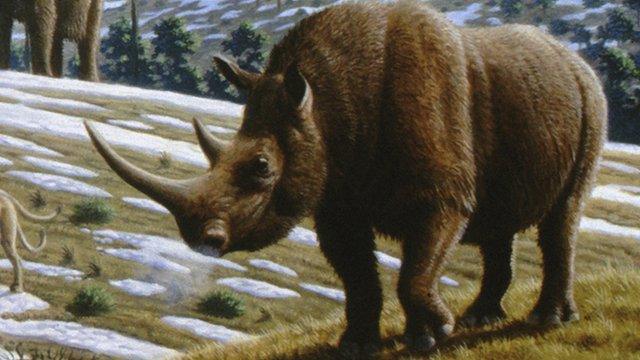
- Published26 January 2012
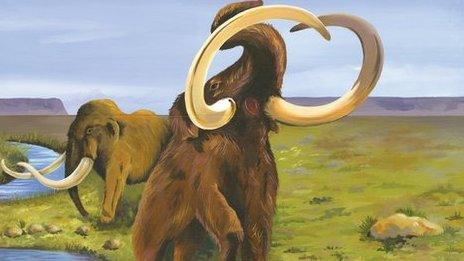
- Published1 September 2011
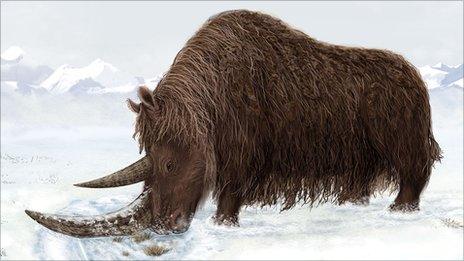
- Published12 October 2010